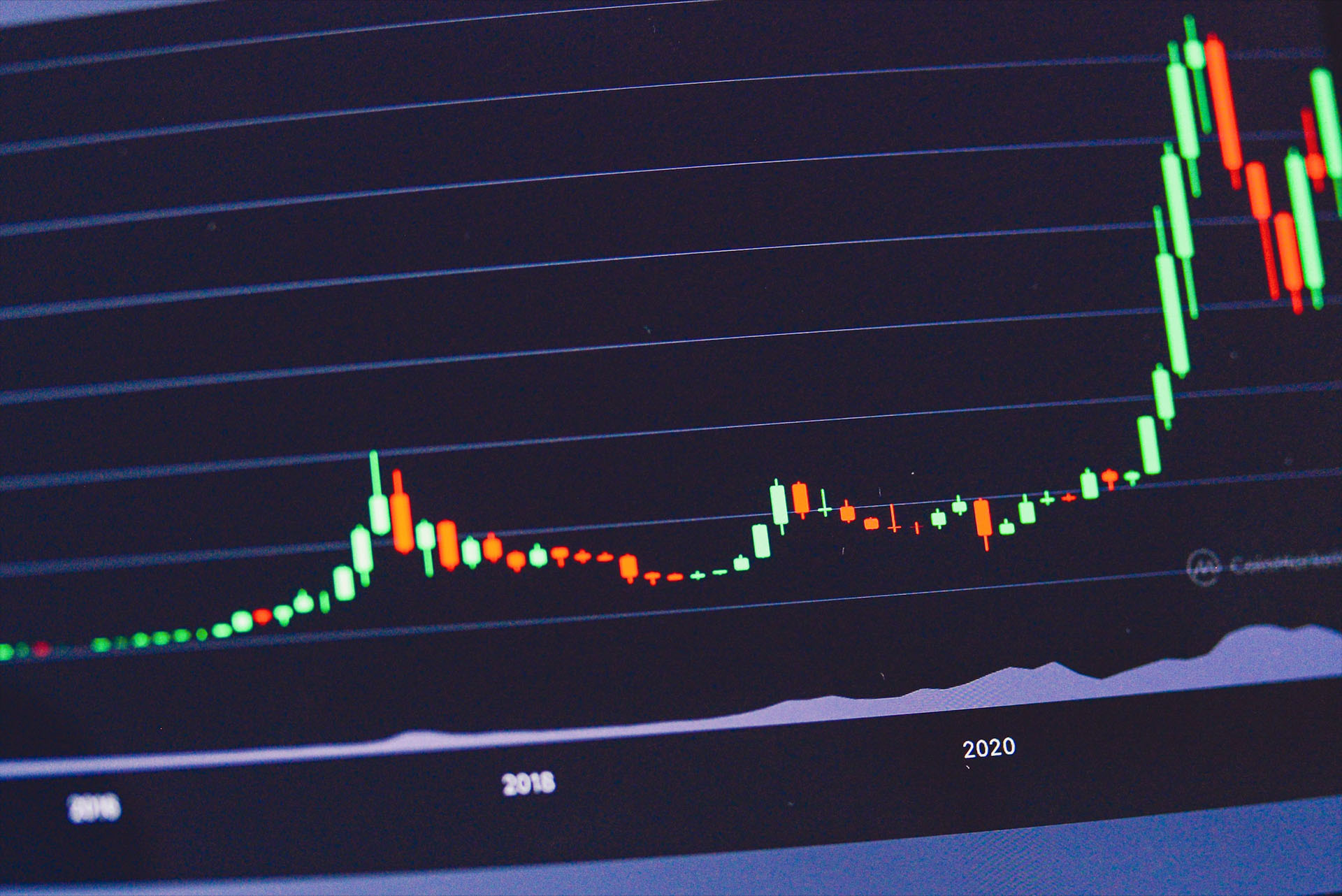As mentioned in our previous piece, event execution and technology roles are changing rapidly and in several ways. We can now look at the direction that these changes are trending towards. Having discussed some key trends for the small-to-medium sized space in our previous article, we now look at what is trending for the large event or conference.
Dynamic Displays Are Popular
Navigating a large conference can be tricky, and wayfinding signage is helpful. The traditional way of using large-format printed signs and banners is now giving way to medium-and large-format LED displays and mapped projection. These have the advantage of being updateable, either to reflect changes in programming/highlighting a articular program element, or to showcase sponsors. The versatility of these displays, as well as the ecological implications of using a reusable product as opposed to the single-use printed sign, is attractive for a large, complex conference.
Energy Efficiency Is Key
As discussed in the energy efficiency article, the energy usage of modern production equipment is significantly lower than it was 15 or more years ago. This means that a large event production can be accomplished with a smaller power budget. This results in cost savings, but more importantly, it also reduces the energy consumed. While this varies from market to market, a large portion of the energy used for event production still comes from burning fossil fuels, and a shift to a more energy-efficient event has a positive impact on the environment, while showing participants that attending the event has a low carbon footprint.
Large Presentations Can Be Personable
The traditional large-format event has always been about the presentation, where a speaker or group of people talk at a large audience, who are often indistinguishable faces in a crowd. Modern event solutions allow each of those audience members to participate in the presentation, regardless of its size, through various interactivity tools. Presenters, keynote speakers and panels are able to connect with audience members directly through the use of engagement tools and platforms such as Slido (a tool that allows real-time gamification, Q+A, polling and more) and Crowdmics (an application that allows anyone in the audience to ask a question verbally into their smartphone that can be heard by everyone in the room without the need for wireless microphones and runners). Connection at this scale adds some complexity to a setup but is a more rewarding experience for both the presenters and the attendees.
Embrace Hybrid
Several components of an event have successfully been executed virtually due to necessity over the past few years. They have had the benefit of showing the world that people can connect from anywhere, and be immersed in an event or meeting almost as deeply as if they were there in person. While most people still enjoy in-person gatherings, the two aspects can be linked through creative deployment of technical solutions. For instance, a virtual presenter can be made to appear as real and interactive as an in-person speaker on a large stage, through the use of holographic projection technology (and the aforementioned interactive tools). Similarly, livestreaming a conference using webcasting or real-time meeting and webinar platforms allows attendees to not miss an event. Another component that events are trending towards are hybrid connection points, where in-person attendees can network with virtual ones almost as easily as with their onsite colleagues. This could be through kiosks, small-format meeting rooms, scheduled calendar connections and more.
The End Is Not The End
Oftentimes large events of the past would be considered a place to go, interact, mingle, and then depart from, looking forward to the next gathering, be it a few months, a year, or longer. In the current environment, the event is a focal point of an ongoing connection. It represents a time and place for people to gather and share ideas in a particularly intense environment. However, the ideas shared can be expanded on through established connections and reviews of the presented content. Virtual event platforms, which can serve as a hub for livestreaming and virtual meetings, can also be used to host recorded and archived content, facilitate education through integrated Learning Management Systems (LMS), and provide event organizers valuable metrics on engagement. This allows the event to become the fulcrum of a community, rather than a standalone item.
The event as a whole continues to trend towards people becoming more connected and more conscientious. Modern event technology continues to evolve to facilitate these connections and points of awareness, and AV-AMERICA is excited to be at the forefront of these developments as they happen.







